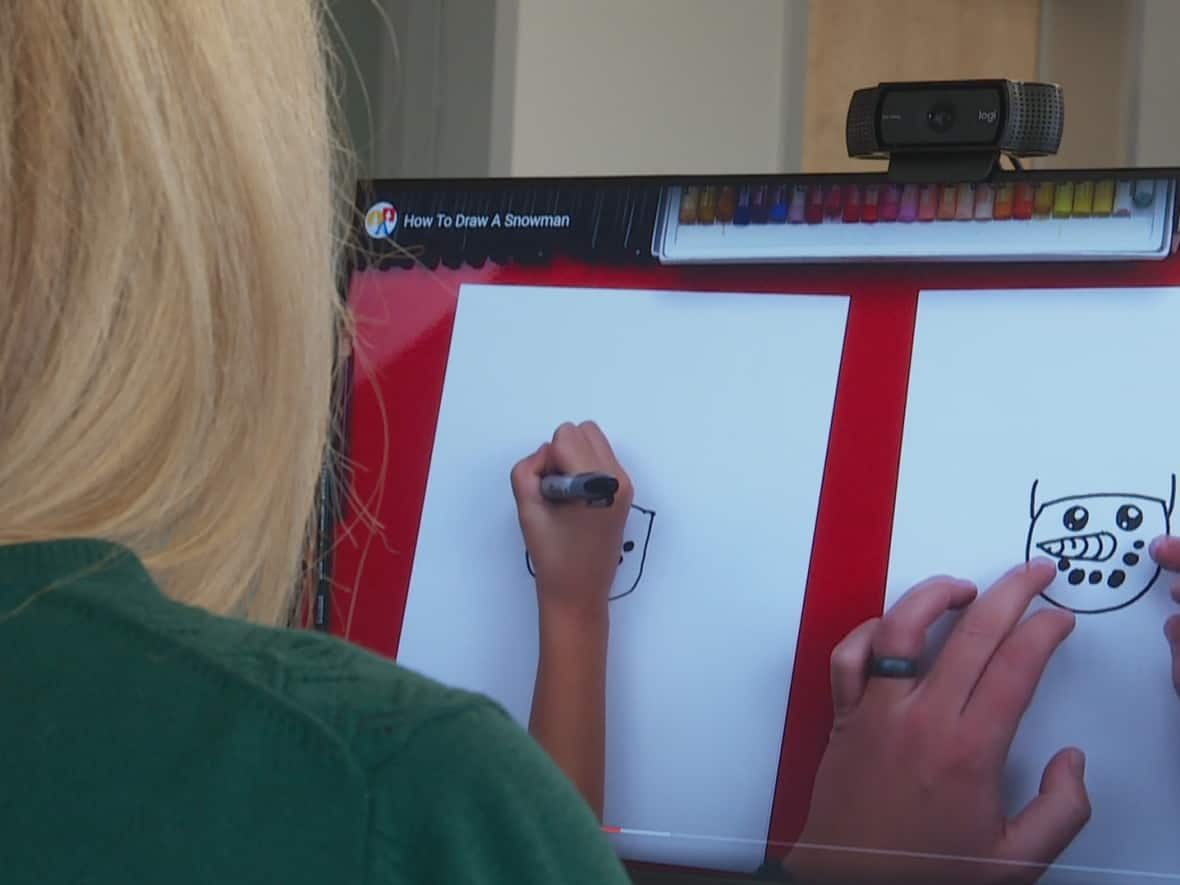How teachers in training are learning to make remote school work

Teachers in training are learning how to work differently, now that it looks like remote classrooms will be sticking around for a while.
COVID-19 has forced people in many fields to adopt new technology. Tess Miller, the interim dean at UPEI's faculty of education, says the next generation of teachers needs to have the skills to be effective both in the classroom and online.
And those learning to be teachers now — remotely learning, themselves — will benefit from the experience in the future.
"They have a first-hand experience with resilience," she said.
Island students have been learning at home since the new year, and while the rest of the country has had longer stretches of at-home learning, this extended period is relatively new for P.E.I.
Avoiding COVID fatigue
"A good teacher is a good teacher, whether they're in person or online," Miller told Island Morning host Mitch Cormier.
"What they have to do, the very bottom line, is that they have to keep the students engaged. Whether that's, you know, engagement in the classroom or engagement in online learning."
Tamara Hubley-Little, director of English education, programs and services with the Department of Education, agrees that engagement of students in a classroom, in person or online, is a key to learning success.

In the current situation, that means real-time, face-to-face interactions with students and teachers, along with self-guided learning.
"What we are doing is looking at those real-time opportunities to ensure that COVID fatigue and remote-learning fatigue doesn't make our students disengage," Hubley-Little told CBC News: Compass host Louise Martin.
Parents on P.E.I. can expect to see more synchronized and real-time interactions for teachers and students in the days to come, as the province's learning plan moves into what it describes as Phase 3 of remote learning.
But with between 15,000 to 16,000 Google Meets happening daily in the province right now, Hubley-Little said many teachers have already met expectations.
"Teachers have been doing a phenomenal job of this real-time learning to date," she said.
Quality is focus
Hubley-Little said for the first two weeks of online learning, there was a focus on asynchronous learning — or learning at a student's own pace, independently, with teacher guidance. That was Phase Two.
"It's the quality that we really want to focus on here," she said. "That high-quality, real-time lesson takes a huge amount of time for our teachers to develop those lessons. We are very confident in what they have been doing that's been consistent with our expectations, and we know they will be doing that going forward."
The amount of school work students have at home ranges according to grade level.
It starts with between 60 and 80 minutes of learning, which would combine both screen time and time spent learning something independently, for those in kindergarten.
It increases through the grades, to the point where students are maintaining their regular class schedule and the teacher decides on when their live lesson times will be.
Miller said it's also particularly important for teachers to provide extra support for those students in grades that are in a transition, like those in kindergarten, or those transitioning into high school, where there is some adjustment.
And one more tip from Miller:
"Remote teachers understand that learning from home may have many distractions," she said. "Teachers are able to pivot quickly and respond to individual learning needs."


